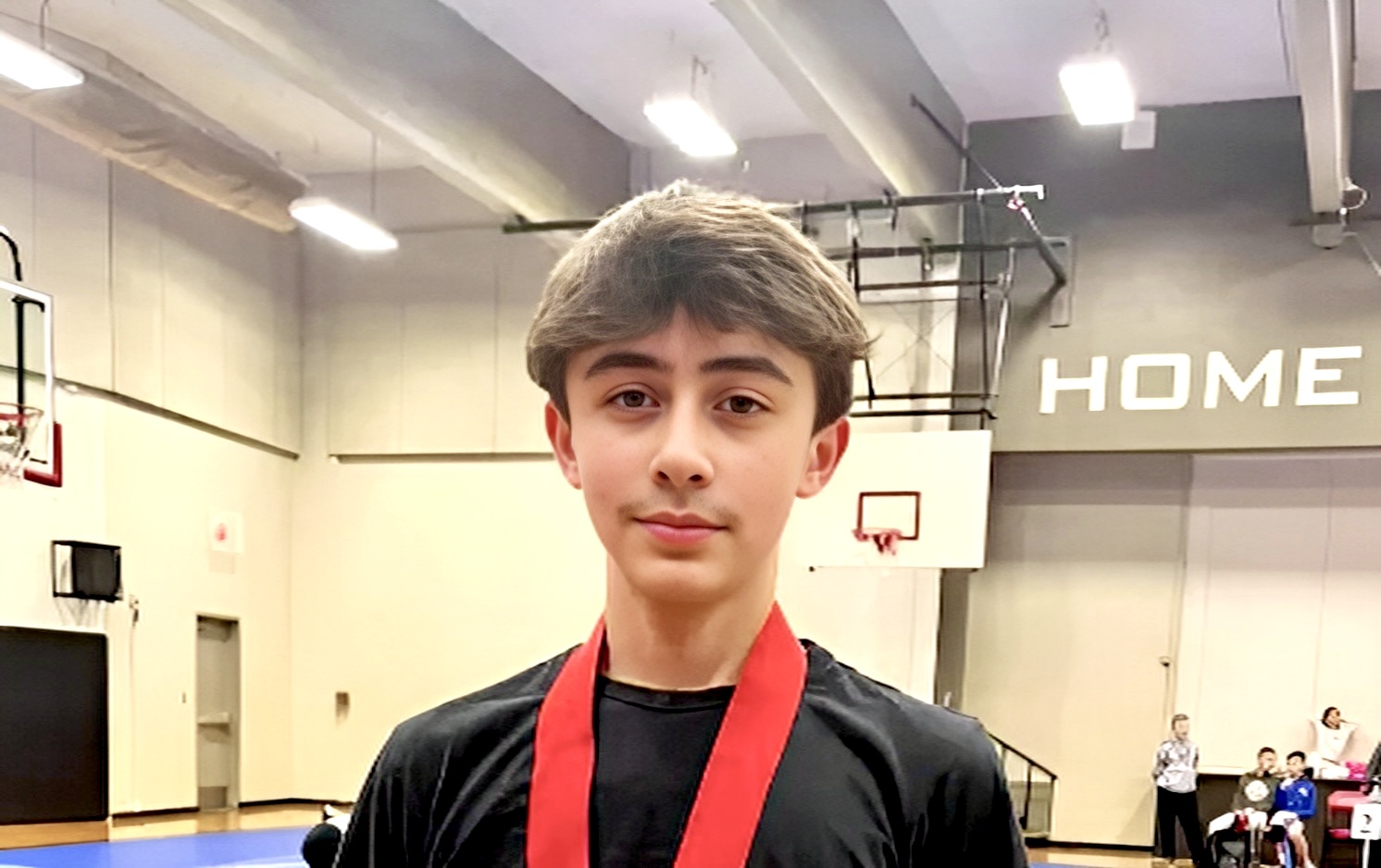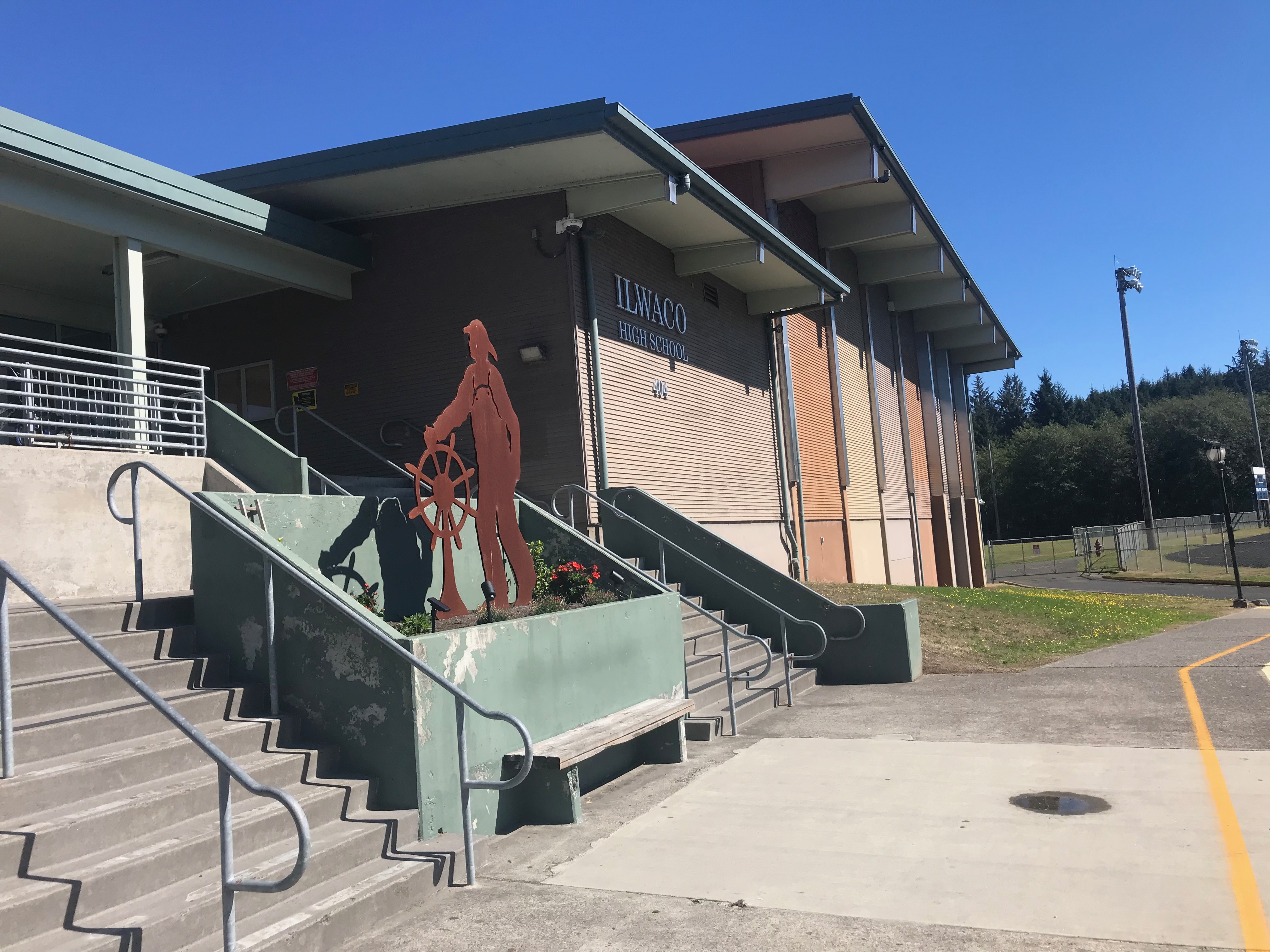Coast Chronicles: Tads, Tidbits and Unfinished Tales
Published 11:18 am Wednesday, November 2, 2016

- “The Wreckage,” pictured in the 1930s, is among the most famous structures on the Long Beach Peninsula.
Well, folks — it’s the end of an era. Yes, we’ve gone all uptown on the north end. Jack’s Country Store has installed new electronic doors that open automatically when you approach. It’s akin to the shock we might feel if a stop light were installed in Ocean Park. Or, as owner Tom Downer says, “It’s almost like getting indoor plumbing.”
What catalyzed this tip of the hat to the modern? “I had just watched too many older folks struggle with our heavy doors,” said Downer.
And Tom’s right. The doors were cumbersome, especially in a stiff breeze. “We had to get these new doors custom built, but we did retain the original brass faceplates and the door handles. Those came from an shipment of Neptune Ball Bearing push lawn mower handles that we had on hand in 1978. Ed Wickberg installed the original doors. He was the grandson of I.A. Clark, the co-founder of Oysterville.”
Tom continued, “Here’s a little anecdote about Clark. He was said to frequent the bars from time to time and was often asked, ‘Have you lived here all your life?’ He’d always answer, ‘Not yet!’ I think his headstone in the Ocean Park cemetery says something like, ‘Now I have.’”
But why is this change at Jack’s a noteworthy event? When your grocery store is “older than the state of Washington” you treasure it. So — new-fangled doors — though it remains to be seen whether these will still necessitate the “Open Other Door” sign that gets put up on blustery days when customers are encouraged to use the door that opens against the wind.
In other news of the north end, Cyndy Hayward, founder of Willapa Bay AIR (Artists in Residence: www.willapabayair.org), sponsored a by invitation poetry reading at AIR’s main lodge in Oysterville. Thirty people braved the gloomy weather. Cyndy spoke first and talked about both the importance of the residency to artists and the success AIR has had in its relatively short life. It began officially — after a soft opening in 2013 — in March 2014 and already has hosted over 120 artists.
The applications of painters/visual artists, musicians/composers, and writers/poets go through a rigorous juried selection process. Over 450 applicants were turned away in this year alone, so the word is out. And not only that but residents have come from across the nation and the world — here have been artists from Tokyo, Japan; Cape Town, South Africa; Bulgaria; and Iceland. And this year, the AIR team is trying to bring a woman writer from Iran.
As Hayward explains, “Yes, we have a writer from Tehran and hopefully she will get her B-1 visa. Buzz Bissinger’s wife, Lisa Smith, who works for NYU in Abu Dhabi, is going to help us with the US consulate in Dubai. Isn’t it a hoot to have these kinds of connections to get someone to Oysterville?”
This kind of notoriety for a residency doesn’t happen by chance. Hayward and her team have created a top-notch organization. Jeannette Louie (http://jeannettelouie2.com/home.html), a film maker from New Jersey and a past AIR artist, writes, “It’s a terrible thing to labor as an artist in America. There is little assistance offered from governmental and corporate funders. So artists look for alternative means to help them cultivate innovative projects.”
“In your vision [Cyndy] for Willapa Bay AIR, you fortify by offering not just time and space but also utilizing nature, environmental concern, exceptional design, culinary arts, and regional history to educate attending artists,”
This a perfect description of the aspects brought together at the residency. And these were so well exemplified by the reading of Megan Snyder-Camp (www.snydercamp.com and tinyurl.com/Poetry-Foundation-Snyder) and Erin Malone (www.erinmalone.net). Snyder-Camp, in her book “Wintering,” combined excerpts from the journals of Lewis and Clark with her own visits to historical spots and ruminations about her life. She was intrigued by place names we’re inured to — like Dismal Nitch and Cape Disappointment — and wove them into her writing, experiencing her own November days in parallel with the Lewis and Clark journals from their November over two hundred years ago.
Malone, who with husband Shawn Wong, has a second home in Oysterville, read from her book, Hover. The quiet and beauty of our environment helped her work through issues relating to her younger brother and her own son, generations apart. Erin and Megan are also each other’s ‘first readers’ — that is they provide each other a sounding board for first drafts. As Megan said, “Poetry is a lonely world of rejection.” That Willapa Bay AIR can provide artists a place to come to grips with their work and perhaps even find comrades to share in that labor is a mighty fine purpose.
The other benefits accrue to the audience. Ocean Park resident, Ginny Spurkland commented after the reading that the climate brought on by this rancorous election season had left her wondering if civility was dead. “That we all came together to listen to these women poets made me realize that this is the reality, not the salacious and sensational reporting of our news media.”
After the poetry reading several of us got a chance to tour the five cottages scattered in a circle around an open meadow perched up on a hill just above the main lodge. Amazingly, the cottages are similar but also unique. They look out into the cedar forest with no other buildings in view, such that each abode has the feeling of isolation and privacy. One opens a door and is met immediately with a broad expanse of window, green boughs, leaves, filtered light, slices of sky, stunning art on the walls and a bookshelf. The perfect place to tuck in and work. AIR is another local marvel.
Lastly, this piece of news is disturbing. I had coffee with Barry Allison Bartron at the Charles Nelson Guest House (“Bed and BIG Breakfast!”) the other day. Barry is the grandson of Guy Allison who built “The Wreckage” between 1911-13 from a raft of logs shipwrecked on our beach. The property is just west of the Timberland Library and right across the street from the Ocean Park Elementary School.
The current owners — the beach cabin was purchased from the Allison Family 40 years ago — want to sell the property by the end of the year. The only offer they currently have on the table is from a developer who will tear the Wreckage down and put in a trailer park on the five lots.
We can’t let this happen. We can’t let another blow like this, on top of losing 100 acres of our Ocean Park forest, hit our community. I’ll write in more depth about this situation and the historic building in next week’s column. In the meantime, I’m going to stay afloat thinking about electric doors with lawn mower handles from the last century; and artists meditating on our cedar groves.





